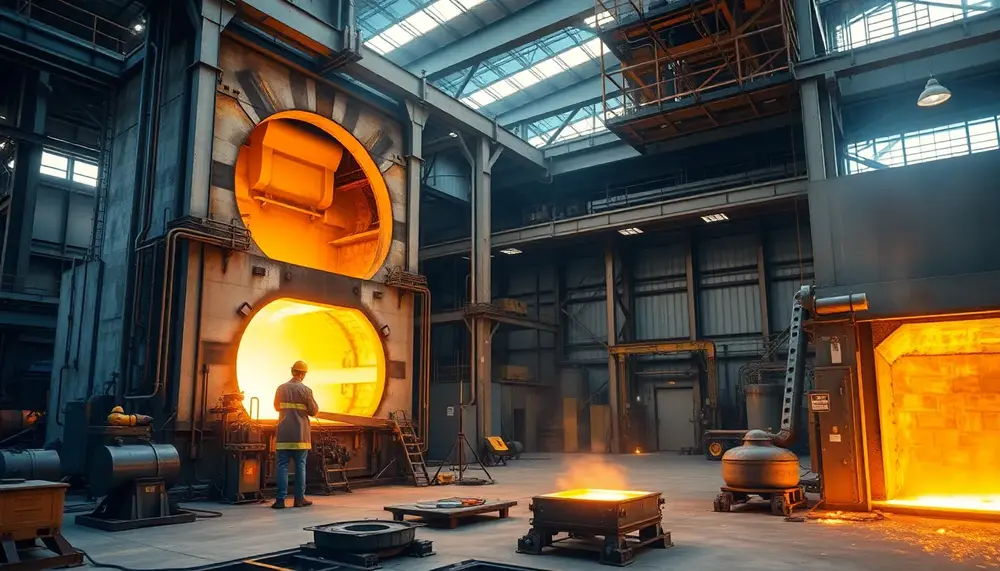Steel casting
Steel casting
Was ist Steel Casting?
Der Begriff Steel Casting ist in der Welt der Stahlproduktion und des Stahlhandels weit verbreitet. Es handelt sich dabei um ein Kernverfahren, bei dem flüssiger Stahl in eine vorgefertigte Form (die so genannte "Form") gegossen wird, um eine spezifische Stahlkomponente zu erzeugen.
Der Prozess des Steel Casting
Der Steel Casting Prozess beginnt mit der Herstellung einer Form. Diese wird aus Materialien wie Sand oder Keramik hergestellt. Die Form hat die genaue Form und Größe des gewünschten Stahlteils. Dann wird der geschmolzene Stahl in die Form gegossen und abgekühlt, bis er fest wird. Nachdem der Stahl abgekühlt ist, wird die Form entfernt. Jetzt hat man ein Stahlteil, das bereit ist für die endgültige Bearbeitung und Veredelung.
Vorteile von Steel Casting
Das Steel Casting Verfahren bietet mehrere Vorteile. Einer davon ist die Fähigkeit, Teile in fast jeder Form und Größe zu erzeugen. Es ist auch möglich, große Teile in einem Stück zu gießen. Zudem können mit Steel Casting komplexe und detaillierte Designs umgesetzt werden, die mit anderen Verfahren schwer zu erreichen sind. Dadurch ist der Prozess ideal für die Herstellung von spezialisierten oder maßgeschneiderten Teilen.
Anwendungen von Steel Casting
Stahlteile, die durch Steel Casting hergestellt werden, sind in einer Vielzahl von Branchen sehr gefragt. Sie finden zum Beispiel Anwendung in der Automobilindustrie, im Schiffbau, im Maschinenbau, in der Energieerzeugung und auch im Bauwesen. Typische Produkte, die durch Steel Casting hergestellt werden, sind motornahen Komponenten, Turbinenteile, Radsätze oder auch Stahlträger für die Hochbau.
Zusammenfassung
Zusammengefasst ist Steel Casting ein essenzieller Prozess in der Stahlproduktion und im Stahlhandel. Es ermöglicht die Fertigung von robusten Stahlteilen in nahezu jeder Größe und Form. Von der Automobilindustrie bis zum Hochbau ist Steel Casting ein unverzichtbares Verfahren für die Herstellung einer Vielzahl von Produkten.
Blog Posts with the term: Steel casting
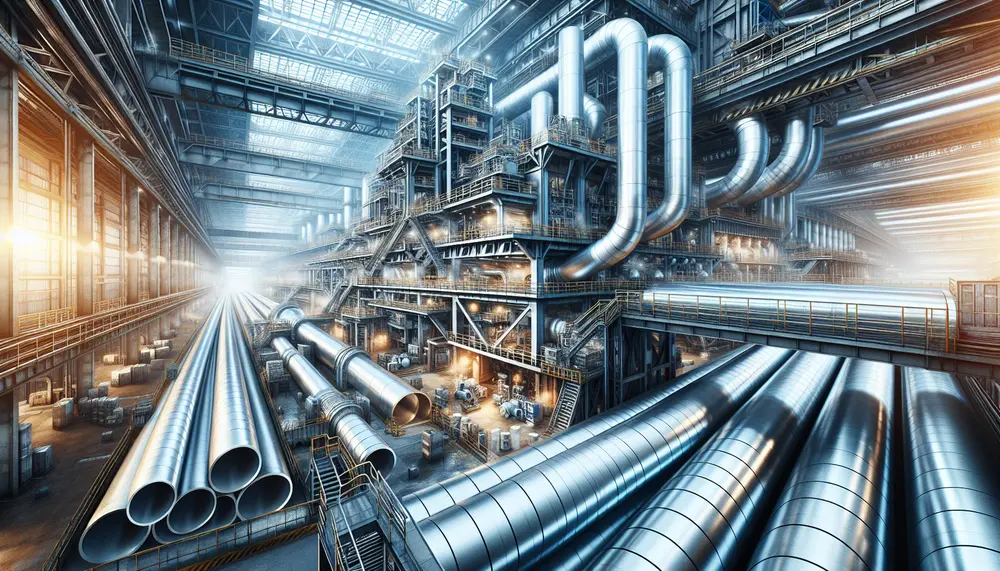
Japan's steel industry rose from the post-WWII era to become a global leader through strategic investments in technology, quality control, and export-oriented policies. Key factors for this success include R&D commitment, high-quality standards, advantageous locations for trade routes, skilled workforce...
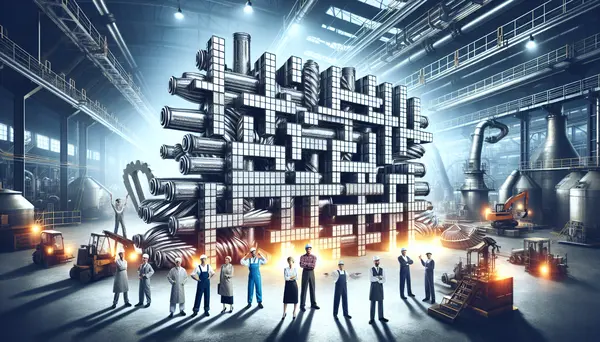
Steel making is a complex process involving the production of steel from iron ore and scrap, where impurities are removed and alloying elements added to create different grades. The process includes two main steps: ironmaking (extracting iron from ore) and...
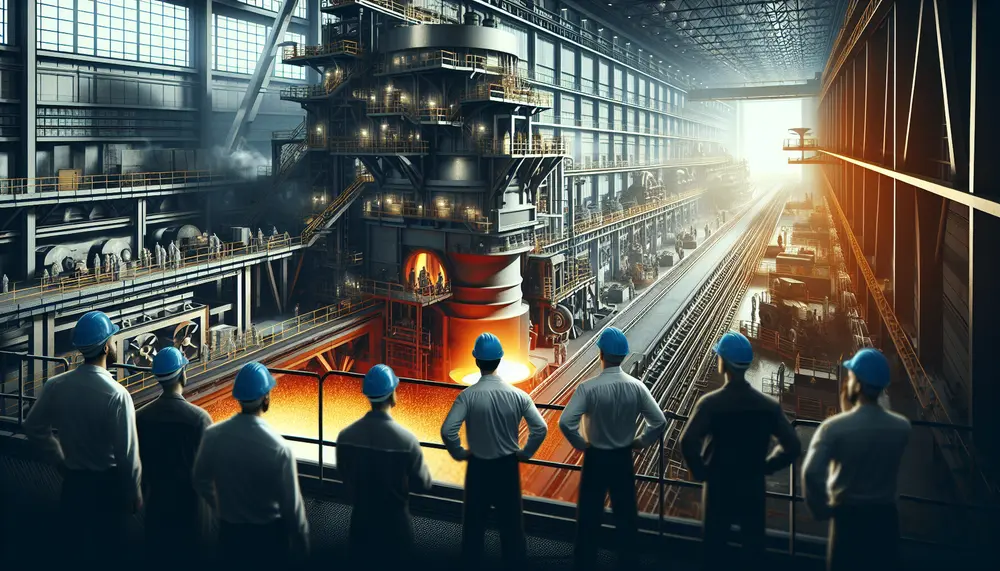
The steelmaking tundish is a critical intermediary in the continuous casting process, serving as both a reservoir and buffer for molten steel while facilitating controlled flow and cleanliness to enhance final product quality. Its design has evolved since the 1950s,...
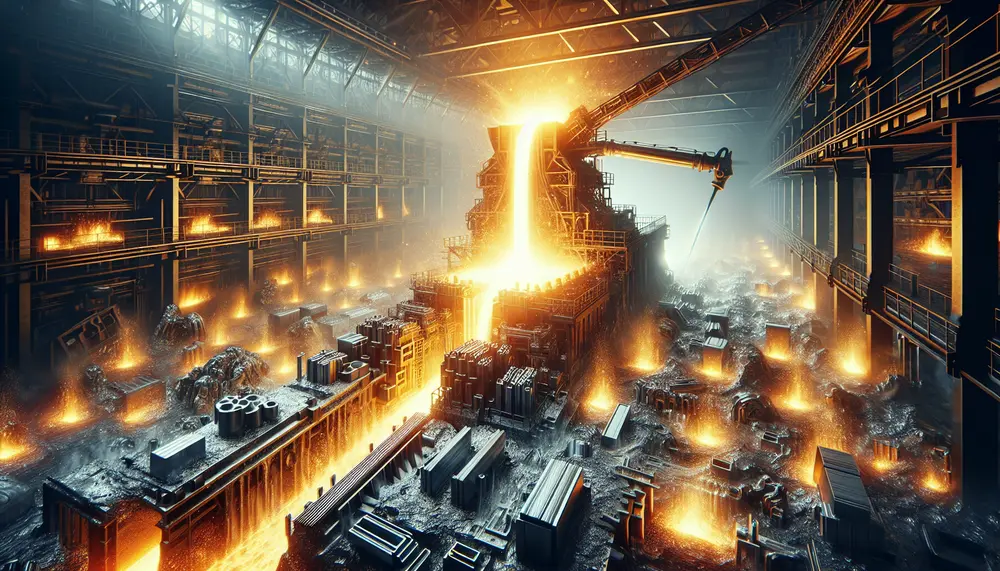
The steel production casting process involves melting raw materials, refining the molten metal, and pouring it into molds to shape solid products with controlled cooling to prevent defects. The variety of cast steels is determined by carbon content and alloying...
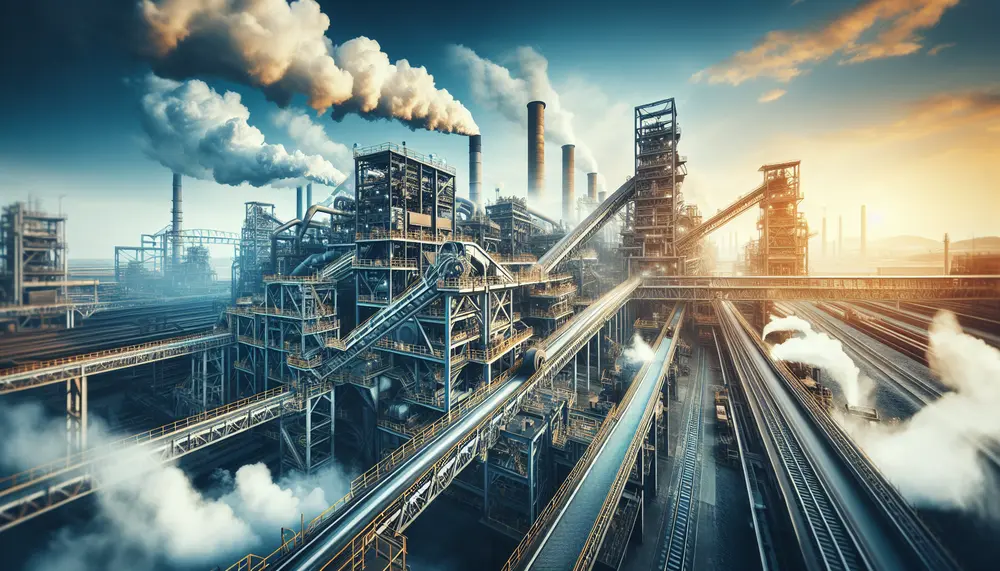
Steel production transforms iron ore into steel through a series of steps that refine the material and add elements like carbon. The process involves mining, beneficiation, sintering, pelletizing, blast furnace smelting with coke and limestone to produce pig iron, followed...
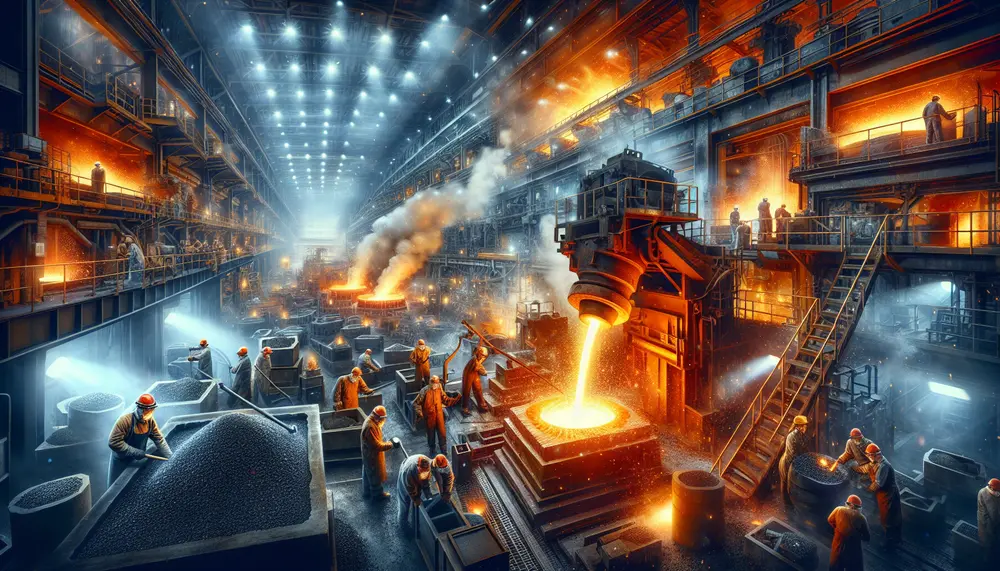
Steelmaking and casting are interdependent processes essential for producing high-quality steel products. Steel is made using Basic Oxygen Steelmaking (BOS) or Electric Arc Furnace (EAF), then shaped through casting, which involves pouring molten steel into molds to create specific forms;...

